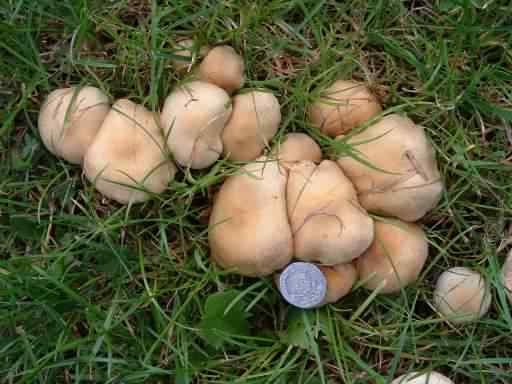
Photos ©2005–
Click for a larger image
More photos
Photos ©2005–
Click for a larger image
Fairy Rings or Fairy Paths
Family - Marasmiaceae
Also known as - Elf or Pixie rings, Scotch bonnet
Fairy Rings or Paths are a naturally occurring fungal mycelial growth usually visible as a ring of lush or dead grass (depending on the fungi type) that gradually expands outwards over a period of many years becoming very large, some are reported at over 500m in diameter. Mushrooms or toadstools, the fruiting bodies, are seen later in the year whereas the ring may be observable throughout. They are usually classed as free (rings) in grassy and meadow areas from spores blown in on the wind, and tethered (paths) in woodlands where they live in symbiosis with the surrounding trees.
We have both types in Brickfields Park in the lightly wooded area bordering the Brickfields housing estate, with several rings in the grassed areas and multiple paths within the trees, where these paths appear to follow the root system of several Raywood Ash trees. Fairy rings are generally classed from their effect to the surrounding area, where type 1 show a loss of surrounding cover, type 2 result in a lush green growth to the surrounding grass, and type 3 have no or little effect. Our rings and paths appear to be all of the same fungi which we believe is the Fairy Ring mushroom – Marasmius oreades having type two or three effect.
Marasmius oreades is a widespread and common saprobic fungus found in the UK, Europe and North America, usually seen growing gregariously in troops, arcs, or rings (type II, which causes the grass to grow and become greener) from June - November in the UK, or year–round in warmer climates. . The cap is 1–5cm (0.4–2.0in) across is bell–shaped with an inrolled margin becoming convex usually retaining a slight central bump. The stem grows to about 7cm (3in) tall by 5mm (0.2in) in diameter. Light brown occasionally white, darkening as it dries out the margin sometimes faintly striated. It prefers grassy areas such as lawns, meadows and parks.
The "tethered" paths are as the name suggests fixed in place where the mycelium gather nutrients from the host trees roots, "free" rings which start from a point, expand outwards as the mycelium seek out a new source of nutrients having exhausted their current supply. Once a ring reaches a much larger size and where nutrient levels have been restored, E.G. from animal waste, it can be possible for a secondary ring appear inside the first.
Fairy rings have a folklore connection particularly in the UK and Europe where they are seen as dangerous places associated with Pixies, Fairies and Elves.
BCP do not advise or recommend that Marasmius oreades is eaten or used as an herbal remedy. Listed as edible its sweet taste lends it to baked goods and soups, stews, etc, however as other mushrooms also grow as Fairy Rings the fact that fungi are growing in rings should not be used as a basis of identification as several are very poisonous –
| Fairy Rings | |||
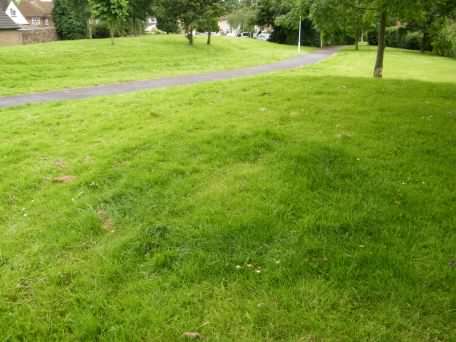 |
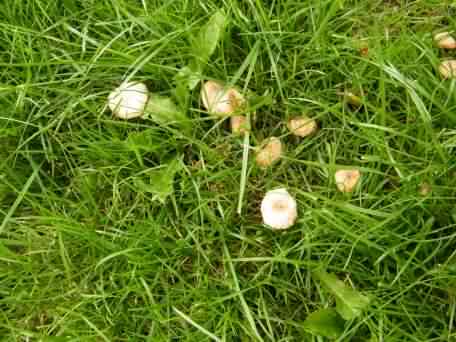 |
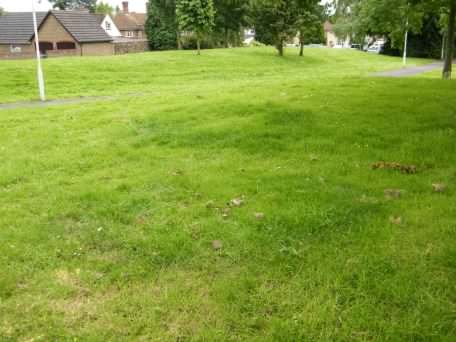 |
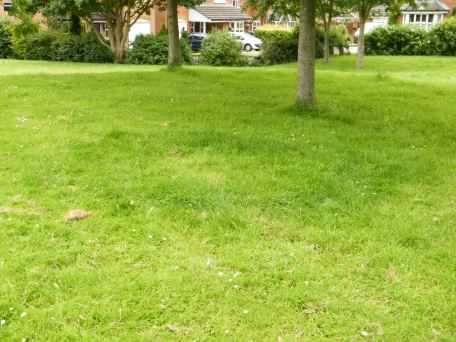 |
| Fairy Paths | |||
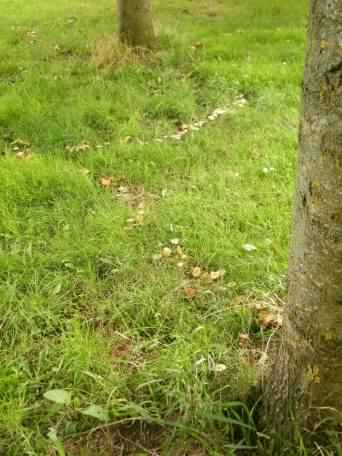 |
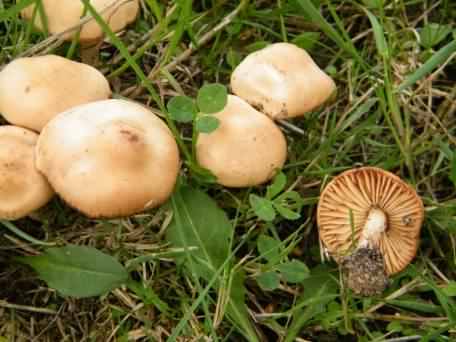 |
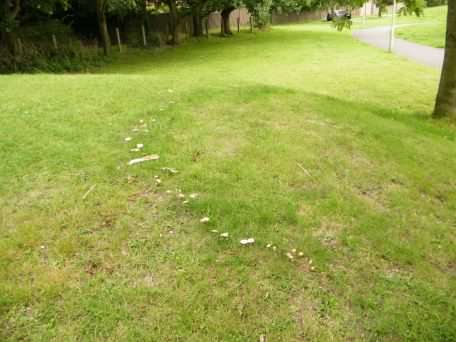 |
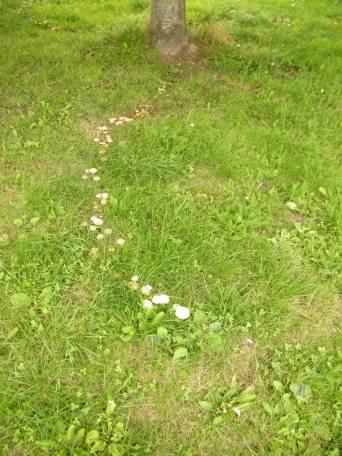 |
Photos ©2012– Click any photo for a larger image | |||
Site design ©1999– Brickfields Country Park - Privacy -